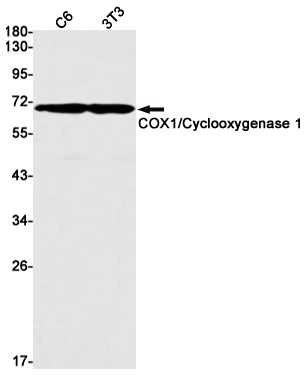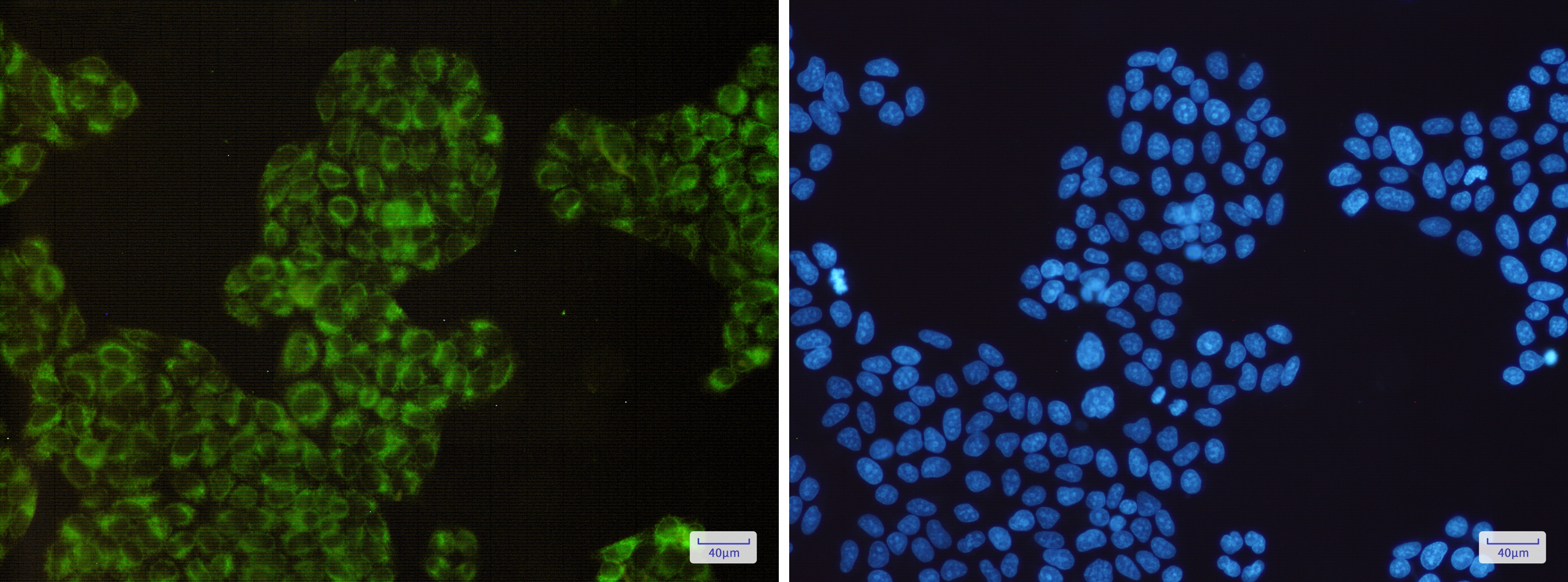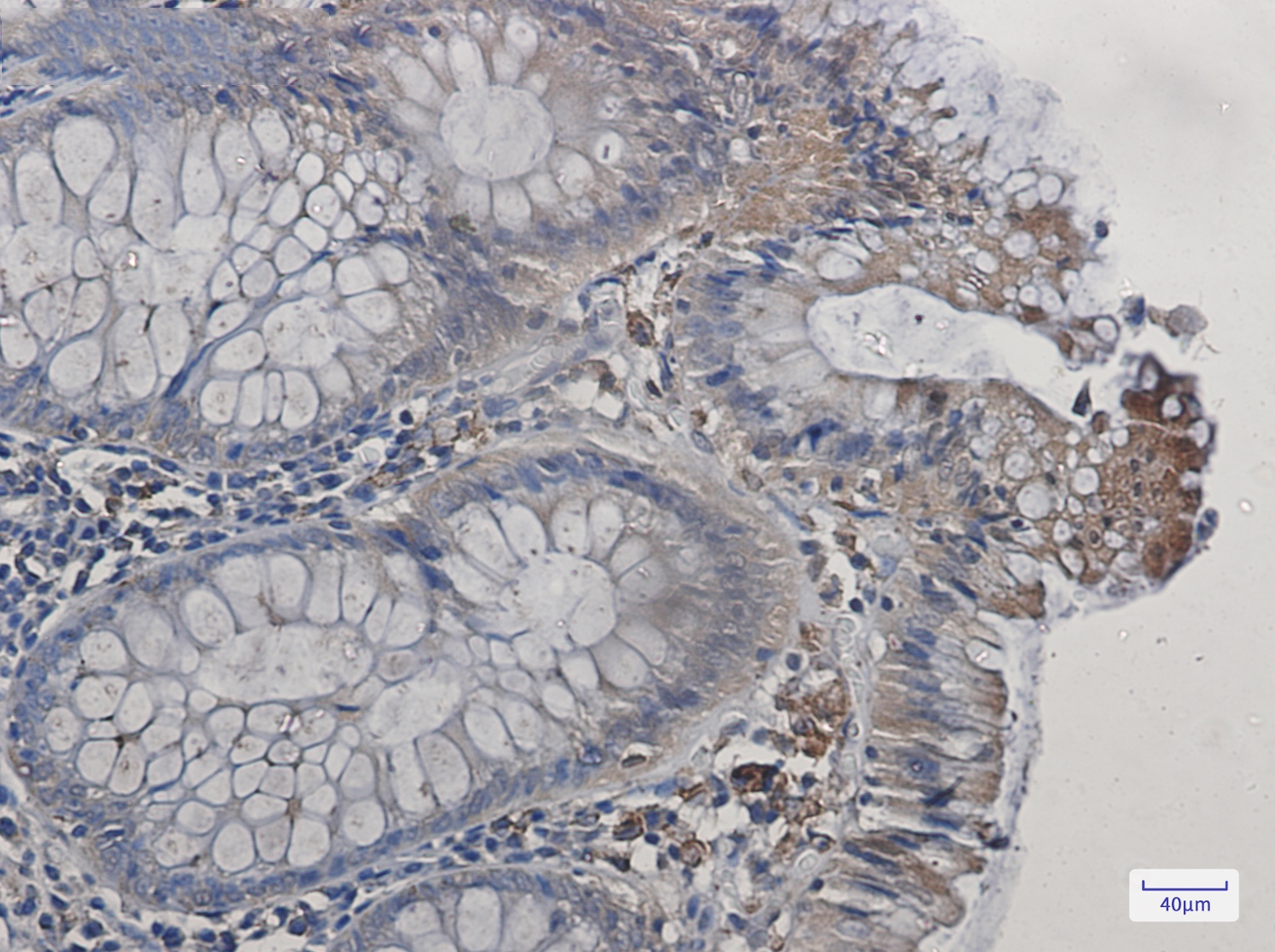Swiss-Prot Acc.P23219.Converts arachidonate to prostaglandin H2 (PGH2), a committed step in prostanoid synthesis. Involved in the constitutive production of prostanoids in particular in the stomach and platelets. In gastric epithelial cells, it is a key step in the generation of prostaglandins, such as prostaglandin E2 (PGE2), which plays an important role in cytoprotection. In platelets, it is involved in the generation of thromboxane A2 (TXA2), which promotes platelet activation and aggregation, vasoconstriction and proliferation of vascular smooth muscle cells.MiscellaneousThe conversion of arachidonate to prostaglandin H2 is a 2 step reaction: a cyclooxygenase (COX) reaction which converts arachidonate to prostaglandin G2 (PGG2) and a peroxidase reaction in which PGG2 is reduced to prostaglandin H2 (PGH2). The cyclooxygenase reaction occurs in a hydrophobic channel in the core of the enzyme. The peroxidase reaction occurs at a heme-containing active site located near the protein surface. The nonsteroidal anti-inflammatory drugs (NSAIDs) binding site corresponds to the cyclooxygenase active site.Conversion of arachidonate to prostaglandin H2 is mediated by 2 different isozymes: the constitutive PTGS1 and the inducible PTGS2. PGHS1 is expressed constitutively and generally produces prostanoids acutely in response to hormonal stimuli to fine-tune physiological processes requiring instantaneous, continuous regulation (e.g. hemostasis). PGHS2 is inducible and typically produces prostanoids that mediate responses to physiological stresses such as infection and inflammation.PTGS1 and PTGS2 are the targets of nonsteroidal anti-inflammatory drugs (NSAIDs) including aspirin and ibuprofen. Aspirin is able to produce an irreversible inactivation of the enzyme through a serine acetylation. Inhibition of the PGHSs with NSAIDs acutely reduces inflammation, pain, and fever, and long-term use of these drugs reduces fatal thrombotic events, as well as the development of colon cancer and Alzheimer's disease. PTGS2 is the principal isozyme responsible for production of inflammatory prostaglandins. New generation PTGSs inhibitors strive to be selective for PTGS2, to avoid side effects such as gastroinTinal complications and ulceration.



